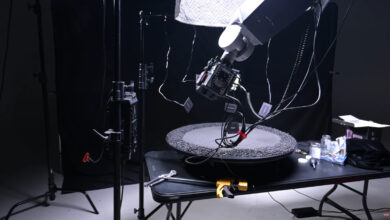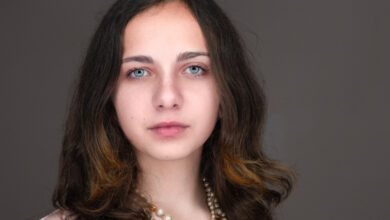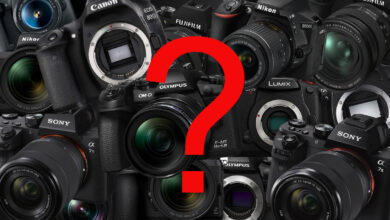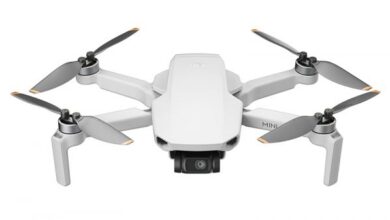Improve your lighting technique with this simple principle
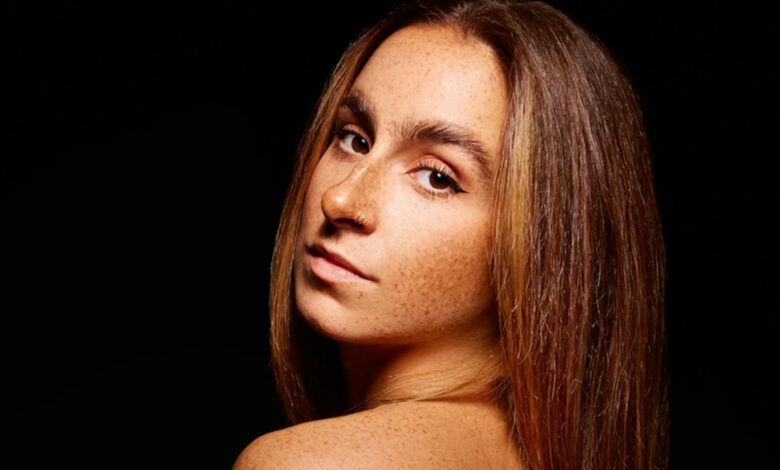
Understanding light is very important. A basic concept is the inverse square law.
Coming to you from John GressThis enlightening video explores the inverse square law. The inverse square law states that light intensity decreases dramatically as you move the light source away from the subject. For example, doubling the distance of the light from the subject will reduce the light intensity to one-quarter of its original value. This rapid decline is essential to understanding effective lighting setups.
This video explains how the inverse square law helps you control the fading of light from your subject to the background. If you want a dramatic portrait with a well-lit subject and a dark background, place your light source close to your subject. The light will fade quickly, leaving the background dark. If the background is too bright, move your subject and light further away from the background. Conversely, if you want a bright background and too dark, move your subject and light source closer to the background.
In fact, understanding the inverse square law can solve common lighting problems. If your light is too bright at minimum power, move it further away. If it isn’t bright enough at maximum power, move it closer. Moving the light closer not only increases the intensity of the light, but also softens it, as the light source appears larger relative to the subject.
To illustrate the inverse square law, Gress placed a bare light bulb perpendicular to the background and photographed it at various distances. Each time he doubled the distance from the light, the light increased by three-quarters. However, as you move farther away, there is less difference in brightness between, say, 7 feet and 8 feet from the light source than there is between 1 and 2 feet.
The demo continues with the light source 1 meter (about 3 feet) away from the subject. The subject is well lit and the background quickly darkens. Moving the light source 2 meters away, the light becomes a quarter as bright, so the ISO is increased by two stops to compensate. The background starts to get brighter because the distance between the subject and the background is less. At 4 meters (about 12 feet), the light on the subject and the background is almost the same.
In the close-up portrait example, Gress shows how lighting behaves differently based on distance. With the light close to the subject’s face, there is a dramatic hot spot that quickly falls into shadow. Moving the light further away, the lighting becomes more even across the face.
Understanding the inverse square law helps you master the decay of light, intensity, and mood in your photos. This principle gives you greater control over your lighting setups, whether you’re in the studio or out in the field. Check out the video above for Gress’s full rundown.
If you want to continue learning about portrait lighting, be sure to check out “Face Lighting: Lighting for Portraits and Headshots With Peter Hurley!”
